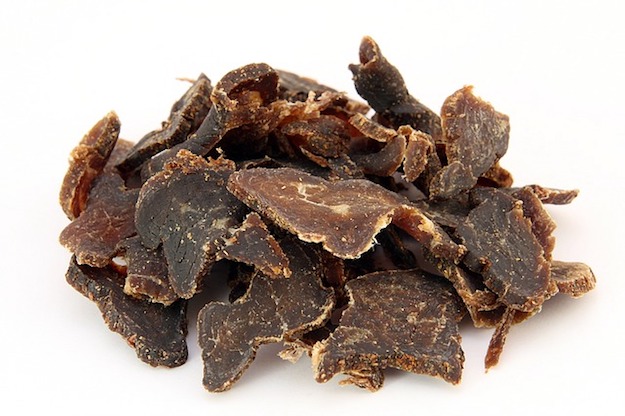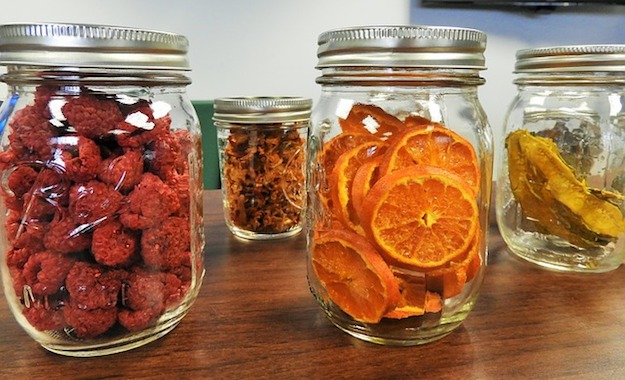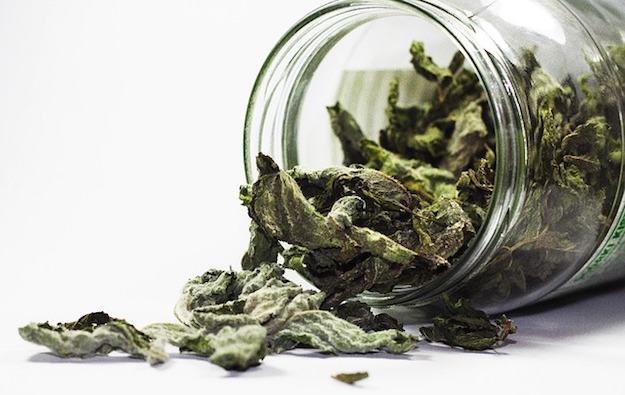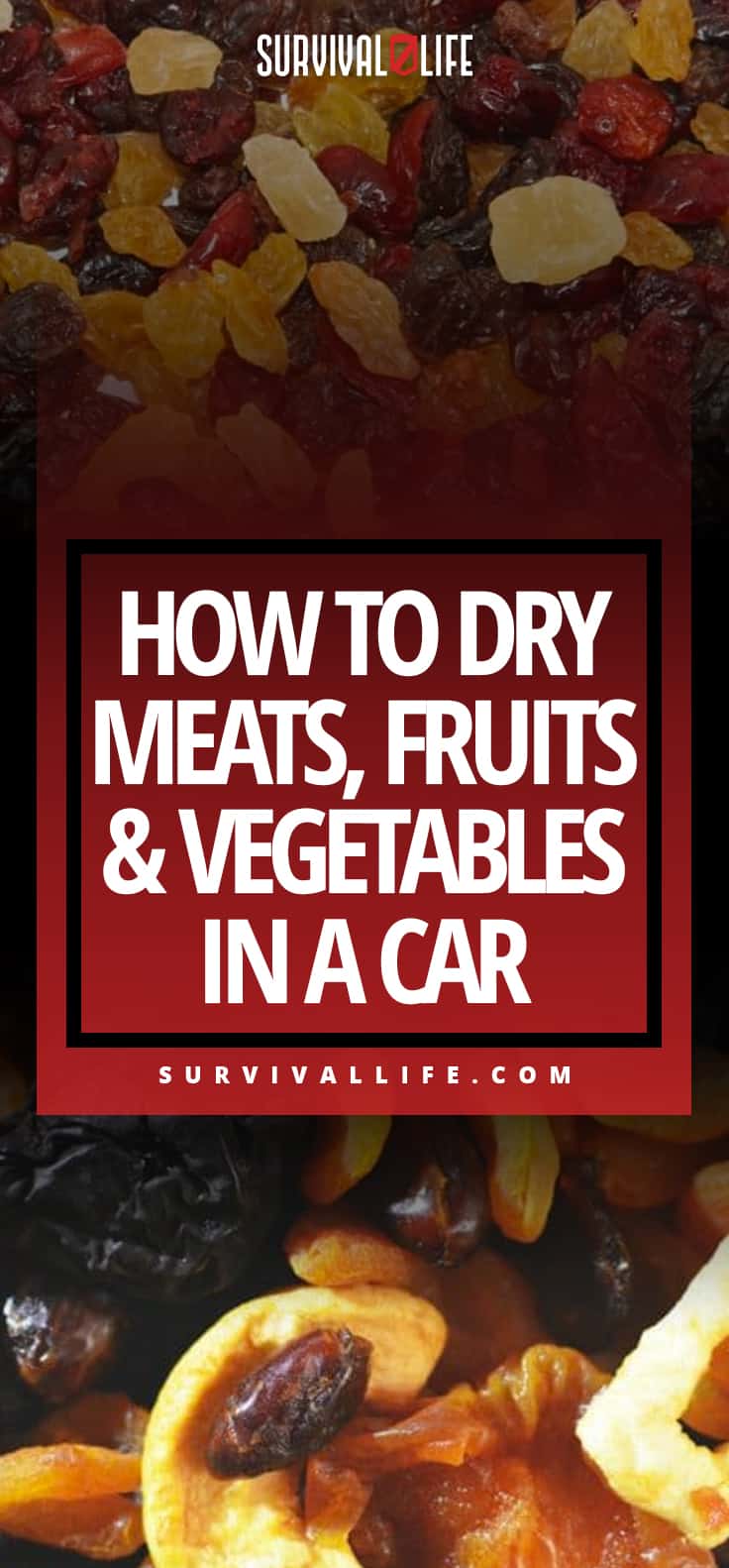A quick and efficient way to preserve food is to keep dried meat, fruit, and vegetables in your car. One of the earliest methods used by humans to protect food is drying.
Elk, bull, and squirrel strips may be dried in the sun by Native Americans. Later, during their lengthy journeys, the British pioneers dried their flesh by draping it on the part of their wagons.
Even though we now have access to burners and dehydrators, which saves time and effort, it’s also crucial to understand how to make the most of the heat from the sun, particularly when it comes to food.
It is difficult to use the sun alone to dry meats, fruits, and vegetables because temperatures only occasionally rise above 100 degrees across the United States( fortunately for other reasons ). In the absence of high temperature, what is there to do?
Using A Vehicle As A Hydrator
The interior temperature of a vehicle can rise to over 100 degrees perhaps on comparatively cool days. After about 30 minutes, a car’s interior is total 104 degrees at 70 degrees. It may rise to 113 levels after an hour.
When you’re trying to dry meats, fruits, or vegetables outside and # 8230, especially with a short amount of time, that adds 40 + degrees of heat, which is essential. If the temperature outside the car rises to the 90s, the interior may make some sweltering heat that is ideal for dehydrating.
Simply slice your meat, fruits, and vegetables into thin pieces and place them in your car, especially on the screen, where the sun is directly overhead. You should have perfectly dehydrated foods available for storage or use after a few hours or time! Not only is it simple, but it’s also inexpensive, power – and money-saving, and a very useful skill to have.
Fruits, vegetables, and dried meats in a automobile
Meat is being dried in the car.

- Cut your meat thin and season it with sodium to aid in the preservation process.
- Place the beef across the platform of the car, arranged on a few cooling racks. Make sure the car’s front window is in the sun for the majority of the time.
- Near the car doors, but slightly open the windows so that moisture may leave the vehicle.
- Flip the meat over every couple of hours or so while it sits in the car for 5 to 6 days.
- Place it in an airtight case after removing it.
Apples Drying In The Car

- Choose ripe fruits and vegetables when they are at their optimum. A few of the better choices include apricots, plum, strawberries, tomatoes, peaches, berries, squash, corn, carrots, and greens. However, you can actually oxidize almost anything.
- Wash the fruits and vegetables, then cut or draw them into pieces that are 1 / 6 inches thick.
- On the driver’s platform, position the fruits and vegetables in a cardboard box or smooth baking sheet.
- Allow the fruits and vegetables to clean for a few days. The heat determines how long it takes. To prevent the fruit from getting cooked, test on it every few days.
- Once finished, place the dried fruits and vegetables in a nice, airtight container.
Benefit: Drying Herbs In The Car

- Discard the leaves all over a baking canvas or piece of cardboard after removing them from the roots.
- Allow the vegetables to sit for anywhere from a few days to an hour on the vehicle screen.
- To prevent the herbs from losing their nutritional value, it is preferable that the vehicle temperature get at least 105 degrees. Be cautious and keep an eye on the ingredients every several days.
- When finished, take them out and put them in a plastic carrier.

Related Articles:
- 9 long-term success foods that you shouldn’t keep
- How to Repurpose Foods for Life
- The Most Popular Success Foods’ Table Life
- Making Hardtack: The Food for Survival That Not Goes Poor
Following us on Pinterest, Twitter, Instagram, and Facebook!
Caveat: All of the information on this website is for informational purposes only. Please review this statement in its entirety.


